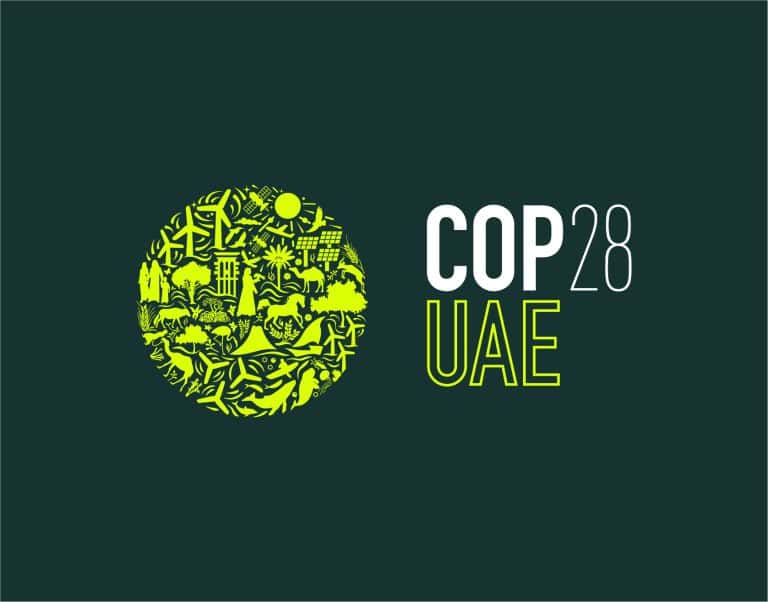
In a historic convergence at the COP28 summit, the world witnessed Russia’s rare nod to a US-led initiative aiming to triple nuclear power capacity by 2050. This ambitious move, supported by a coalition of 21 countries including France, the UK, and Ukraine, aligns with the broader goal to limit global warming to 1.5°C. Simultaneously, an overwhelming call to triple renewable energy capacity by 2030 echoed through Dubai, promising a significant acceleration in the global energy transition. While China and India have expressed support for renewable energy expansion, they stopped short of endorsing the comprehensive pledge that couples clean power growth with a reduction in fossil fuel reliance. The initiative, backed by 118 governments, also targets a reduction of methane emissions and an end to financing for new coal-fired plants.
- COP28 saw a historic nod from Russia and 21 other countries to triple nuclear power by 2050, aligning with efforts to limit global warming to 1.5°C;
- A parallel commitment to triple renewable energy capacity by 2030 gained momentum, emphasizing the phase-out of fossil fuels and doubling energy efficiency;
- The convergence signifies a potentially transformative moment, contingent on global cooperation and commitment to the energy transition.
The US-led endeavour to expand nuclear power capacity by 2050 has drawn an uncommon consensus, with Russia endorsing the plan alongside 21 other countries. This nuclear expansion is seen as a critical step in the march towards achieving net-zero greenhouse gas emissions, a sentiment echoed by Deputy Economy Minister Vladimir Ilyichev who stated, “Without nuclear energy it is impossible to achieve climate goals.”
Renewable energy takes centre stage
A parallel pledge to significantly ramp up renewable energy capacity has also gained traction, with the European Union, United States, and the UAE at the helm. This push for a threefold increase in renewables by 2030 is not just about clean energy but a strategic manoeuvre to phase out fossil fuels, including a phase-down of unabated coal power. The commitment to double the global rate of energy efficiency improvements by the end of the decade stands as a testament to the urgency of the climate crisis.
Challenges ahead
However, the road to these ambitious goals is fraught with challenges. Despite the broad support for renewable energy expansion, heavyweight nations like China and India have not fully backed the comprehensive pledge. This raises questions about the global unity required to combat climate change effectively. Moreover, the push to expand nuclear power capacity comes with its own set of complexities, including safety concerns, waste management, and the high costs associated with nuclear projects.
The declaration to triple nuclear power capacity recognises the vital role of nuclear energy in achieving global net-zero emissions. The commitment also includes mobilising investments in nuclear power through innovative financing mechanisms and supporting the development and construction of nuclear reactors, including small modular reactors that may hold the key to a more flexible and geographically diverse deployment.

Africa’s renewable potential
Investment distribution remains uneven across the globe, with Africa receiving two percent of global investments in renewable energy over the last two decades. This disparity underscores the need for a concerted effort to finance and support renewable projects in regions that are both heavily impacted by climate change and have the potential to contribute significantly to the global clean energy mix.
Achieving the target of 10,000 gigawatts of global installed renewable energy by 2030 will necessitate increased investment from governments and financial institutions. Addressing the high costs, labour constraints, and supply chain issues that have led to project delays and cancellations will be crucial for meeting these objectives.
International support and strategy
The International Energy Agency (IEA) and the European Union have thrown their weight behind the goal to triple renewable energy by 2030. Their support highlights the critical role of sustainable power in mitigating greenhouse gas emissions and securing a future that limits global temperature rise to 1.5°C. The IEA’s global Roadmap to Net Zero by 2050 outlines the pathway for the energy sector, with renewable power taking the lead.
While the COP28 President-Designate Sultan Al Jaber has prioritised renewable goals, there’s also an emphasis on doubling energy efficiency progress. The recent record heat waves around the world serve as a stark reminder of what’s at stake, and the IEA has made it clear that expanding renewable capacity is the single most important lever for reducing carbon dioxide emissions by 2030.
Methane reduction and climate action
Alongside these pledges, the Biden administration’s final rules to reduce methane emissions in the oil and gas industry reflect a broader commitment to combating climate change. The Global Methane Pledge, joined by Turkmenistan and Kazakhstan, and the World Bank’s blueprint for methane reduction, align with the global effort to cut emissions from key sectors such as agriculture and waste management.
The convergence of these initiatives at COP28, from tripling nuclear power capacity to ramping up renewable energy, signifies a historic and potentially transformative moment. As countries pledge to work together, there is a sense of cautious optimism that the dual approach could set the world on a path to a more sustainable and climate-resilient future. However, the success of these ambitious plans will ultimately depend on global cooperation, investment, and unwavering commitment to the energy transition.


